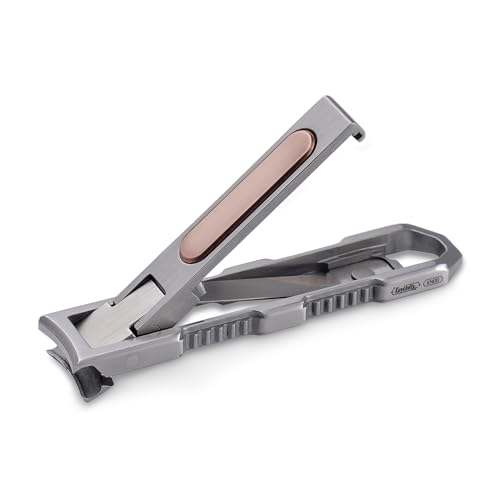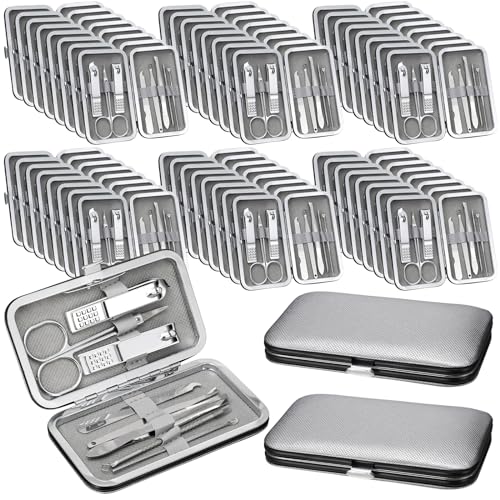
Being able to cut glass with a hand glass cutter is a valuable skill to have for both practical and artistic purposes. Whether you want to create your own stained glass windows or simply need to cut a piece of glass to fit into a frame, knowing how to use a hand glass cutter can save you time and money.
Using a hand glass cutter may seem challenging at first, but with the right technique and some practice, you can achieve clean and precise glass cuts. This article will guide you through the step-by-step process of cutting glass with a hand glass cutter, including safety precautions and tips for a successful cut.
Why use a hand glass cutter?
A hand glass cutter is a versatile tool that allows you to cut various types of glass, including stained glass, mirrors, and window panes. Unlike power tools, a hand glass cutter gives you more control and precision over the cut, making it ideal for intricate designs or delicate glass materials. Additionally, using a hand glass cutter is less noisy and creates less dust compared to power tools, making it a more convenient option for indoor projects.
Understanding the Basics
Before you start cutting glass with a hand glass cutter, it’s important to understand the basics of the process. Cutting glass can be a delicate and precise task, so having a good understanding of the steps involved can help ensure a successful outcome.
The first thing to consider is the type of glass you will be cutting. There are different types of glass, such as float glass, tempered glass, and stained glass, and each may require a slightly different technique. It’s important to research and understand the properties of the glass you will be working with before you begin.
Next, you’ll need to gather the necessary tools and materials. A hand glass cutter is the primary tool you’ll need, but you may also need a cutting square or T-square, a ruler or measuring tape, and a glass break-out tool. Safety equipment such as gloves and safety glasses are also important to protect yourself while working.
Once you have your tools ready, it’s a good idea to practice your technique on a scrap piece of glass before working on your main project. This will allow you to get a feel for how the glass cutter works and how much pressure is needed to create a clean cut.
When you’re ready to start cutting, begin by marking the glass where you want to make your cut. Use a ruler or measuring tape to ensure your mark is straight and accurate. Position the cutting square or T-square along the mark to guide your glass cutter and help create a straight line.
Hold the glass cutter firmly in your hand and tilt it slightly away from you at about a 45-degree angle. Apply even pressure as you run the cutter along the marked line, keeping a steady pace. It’s important to maintain a constant pressure throughout the cut to ensure a clean break.
Once you’ve made your cut, you can use a glass break-out tool to gently tap the glass along the line to encourage it to break cleanly. Be cautious and take your time to avoid any accidents or injury during this step.
With a bit of practice and patience, you can become proficient in cutting glass with a hand glass cutter. Understanding the basics and following the proper steps will help you achieve the desired results and create beautiful glass pieces for your projects.
Gathering the Necessary Tools
Before you begin cutting glass with a hand glass cutter, it’s important to gather all the necessary tools. Having the right tools on hand will make the process much easier and safer. Here are the tools you will need:
- A hand glass cutter – this is the most important tool for cutting glass. Make sure it has a sharp, carbide wheel that is suitable for scoring glass.
- Safety goggles – it’s important to protect your eyes from shards of glass that may fly off during the cutting process.
- A straight edge – this can be a metal ruler or a T-square. It will be used to guide the glass cutter and ensure straight cuts.
- A glass cutter oil – this oil is used to lubricate the wheel of the glass cutter, making it easier to score the glass.
- A cutting mat – this will protect your work surface and provide a cushion for the glass.
- A breaking tool – this can be a pair of running pliers or breaking pliers. It will be used to break the scored glass along the cut line.
- A polishing stone or sandpaper – this will be used to smooth the edges of the cut glass.
- A brush or cloth – this will be used to clean any debris or oil from the glass after cutting.
Having these tools ready before you start cutting glass will ensure that you have everything you need to successfully complete the project. Remember to always wear your safety goggles and work in a well-ventilated area. Now that you have everything you need, you’re ready to start cutting glass!
Preparing the Glass Surface
Before you begin cutting glass with a hand glass cutter, it is important to properly prepare the glass surface to ensure a clean and precise cut. Here are the steps you need to follow:
| Step 1: | Clean the glass surface using a glass cleaner and a lint-free cloth. Make sure to remove any dirt, dust, or fingerprints from the glass. This will allow the glass cutter to move smoothly across the surface. |
| Step 2: | Mark the cutting line on the glass using a permanent marker or a glass cutter pen. This will serve as a guide as you cut the glass. |
| Step 3: | If you are cutting a large piece of glass, you may need to support it on a flat and stable surface, such as a workbench or a table. This will prevent the glass from cracking or breaking under its own weight. |
| Step 4: | If you are cutting a small piece of glass, you can hold it in your hand or place it on a non-slip surface, such as a rubber mat. This will provide stability and prevent the glass from moving while you cut it. |
By properly preparing the glass surface, you will be able to achieve clean and accurate cuts with your hand glass cutter. This will ensure that your glass projects turn out beautifully.
Using the Hand Glass Cutter
To use a hand glass cutter effectively, it’s important to follow the proper technique. Here are the steps to help you cut glass with precision:
- First, make sure you have all the necessary tools: a hand glass cutter, a straightedge, and a oil-filled glass cutter.
- Measure and mark the glass piece using a ruler or a tape measure. Use a marker to make the line more visible.
- Place the straightedge along the marked line, using clamps or your hand to hold it securely in place.
- Hold the hand glass cutter firmly in your dominant hand, with your index finger resting on the top for stability.
- Align the cutting wheel of the hand glass cutter with the marked line, applying gentle pressure.
- Start at the edge of the glass and slowly score the surface, moving along the marked line. Maintain a consistent speed and pressure throughout.
- Once you’ve reached the end of the line, carefully lift the glass off the straightedge and place it on a flat surface.
- Apply pressure to the scored line by placing your hands on both sides of the glass. Gently press downwards to break the glass along the scored line.
- Make sure to wear safety goggles and gloves to protect yourself from any shards of glass.
Cutting glass with a hand glass cutter requires practice and patience. With time, you will develop the necessary skills to create clean, precise cuts.
Finishing the Cut
Once you have made the initial score line with the glass cutter, it is time to finish the cut. To do this, you will need a pair of running pliers.
1. Position the running pliers
Hold the running pliers by the handles and position the jaws over the scored line. Make sure that the jaws are aligned with the score line and apply gentle pressure to the jaws to grip the glass.
2. Apply pressure
Gradually increase the pressure on the running pliers to break the glass along the scored line. Move the pliers along the length of the score line, applying consistent pressure until the glass breaks apart.
Remember to wear protective gloves and eye goggles while using the running pliers to protect yourself from any flying glass shards.
And there you have it! You have successfully cut the glass using a hand glass cutter and running pliers. Take a moment to inspect the cut edge for any roughness or sharp edges. If needed, you can use sandpaper or a glass file to smooth out the edges.
Now you can proceed with your glass project, whether it’s creating stained glass artwork, making a custom mirror, or any other glass-related project you have in mind. Just remember to always take safety precautions and work carefully to ensure a clean and precise cut.







